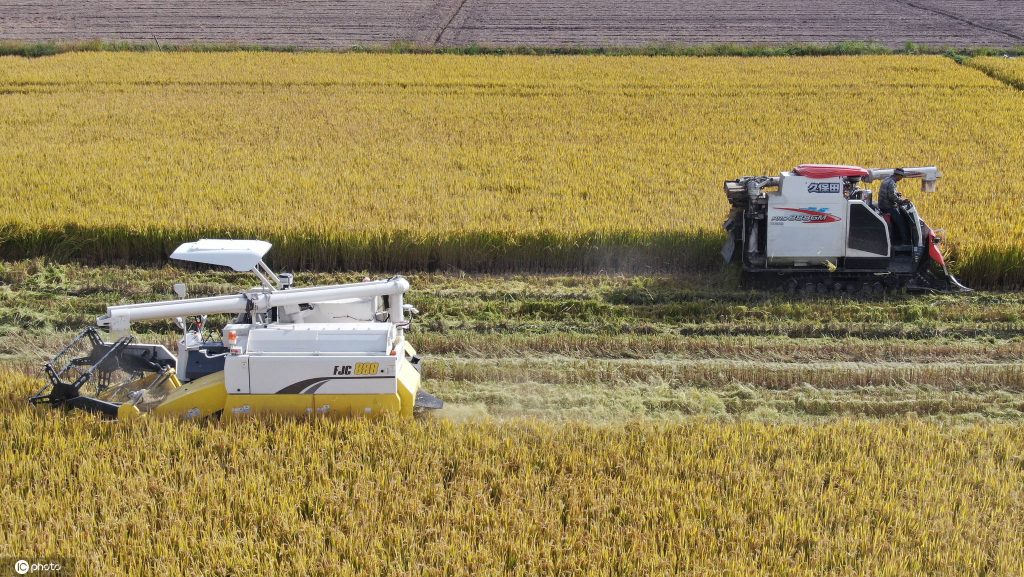Automation is revolutionizing agriculture by transforming labor-intensive tasks into efficient, mechanized processes. From planting and harvesting to sorting and packing, automation is making farming more productive, cost-effective, and sustainable. In this article, we’ll explore the role of automation in modern agriculture and its implications for the future.
Automation in Agriculture:
Automation in agriculture involves the use of robotics, drones, autonomous vehicles, and smart machinery to perform various tasks traditionally carried out by human labor. These technologies are equipped with sensors, cameras, and AI to execute tasks with precision and efficiency.
Key Applications of Automation in Agriculture:
-
Planting and Harvesting: Autonomous planting and harvesting machines can operate around the clock, increasing productivity and reducing labor requirements.
-
Weeding and Pest Control: Robots equipped with cameras and AI can identify and remove weeds, reducing the need for herbicides. Drones can monitor fields for signs of pest infestations and apply targeted treatments.
-
Sorting and Packing: Automated sorting and packing machines can process fruits, vegetables, and other crops with speed and accuracy, minimizing product loss.
-
Livestock Management: Automated feeding and monitoring systems improve livestock health and reduce labor costs. Milking robots are also increasingly common on dairy farms.
-
Precision Application: Smart tractors and equipment can apply fertilizers, pesticides, and irrigation with precision, reducing waste and environmental impact.
Benefits of Automation in Agriculture:
-
Increased Productivity: Automation enables continuous operation and reduces the impact of labor shortages, leading to higher crop yields and more efficient livestock management.
-
Resource Efficiency: Precision application of inputs, such as water and chemicals, reduces waste and conserves resources.
-
Labor Savings: Automation reduces the need for manual labor, addressing challenges associated with an aging farm workforce and labor shortages.
-
Sustainability: Reduced chemical usage, improved resource management, and the ability to farm marginal lands more effectively contribute to sustainability.
-
Data-Driven Insights: Automation systems generate vast amounts of data, which can be used for data-driven decision-making and continuous improvement.
Challenges and Considerations:
Despite its potential, automation in agriculture faces challenges such as high initial investment costs, the need for skilled operators, and concerns about job displacement. Additionally, adapting existing infrastructure and practices to accommodate automation can be complex.
In conclusion, automation is transforming agriculture by improving productivity, efficiency, and sustainability. As technology continues to advance and become more affordable, automation is poised to play an increasingly significant role in the future of farming.


No reply content